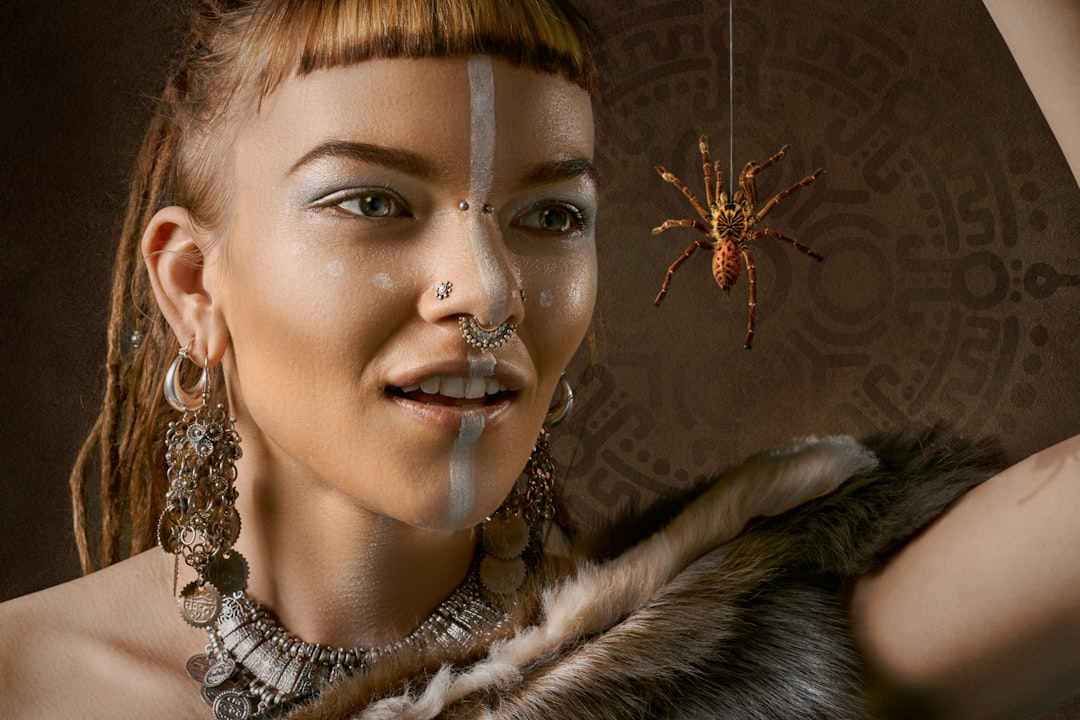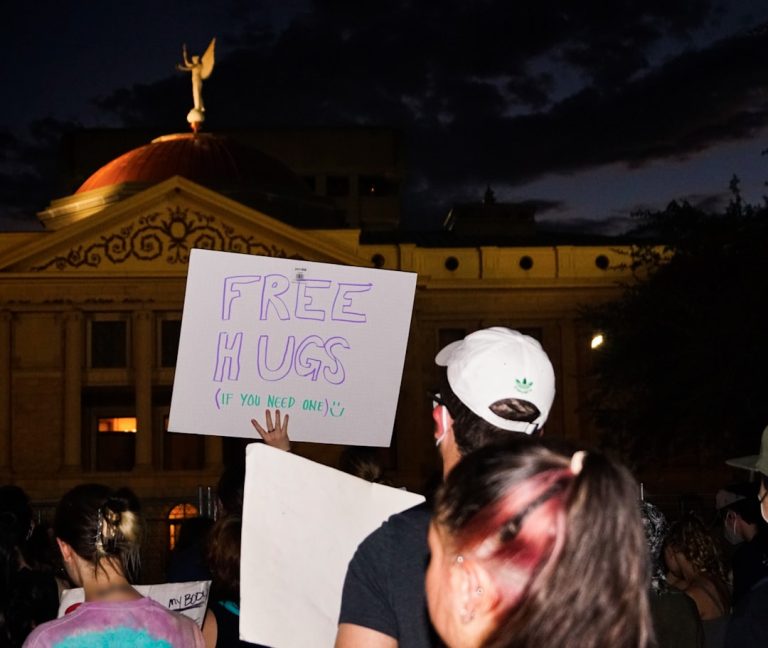
Ever wondered if our ancient ancestors were capable of a little romance? A fascinating new study from the University of Oxford and Florida Institute of Technology has uncovered something truly surprising: humans and Neanderthals were likely smooching around 50,000 years ago! That’s right, our close ancient relatives, the Neanderthals, were apparently getting up close and personal with Homo sapiens.
We’ve known for a while that our species interbred with Neanderthals – many of us still carry a bit of their DNA. But whether these intimate encounters involved a kiss was previously unclear. It might seem like a simple question, but kissing isn’t actually universal across all human cultures and even carries potential risks like disease transmission. So, how did researchers get to the bottom of this ancient enigma?
They turned to our primate family tree. By studying kissing behaviors in modern primate species like chimpanzees and orangutans, and using clever statistical models, scientists traced the deep evolutionary history of this affectionate act. Their findings suggest that mouth-to-mouth contact evolved in an ancestor to Great Apes millions of years ago.
Crucially, the models strongly indicated that Neanderthals also engaged in kissing during their time. This discovery, paired with previous evidence showing humans and Neanderthals shared oral microbes (yes, that means ancient cooties!), creates a vivid picture. It strongly suggests that kissing was an integral part of their sexual and social interactions.
So, while we often imagine prehistoric life as solely focused on survival, this research paints a more tender, relatable portrait of our ancient relatives. It seems the universal language of affection, a simple kiss, has a much deeper history than we ever imagined, linking us across the millennia to those who came before.





